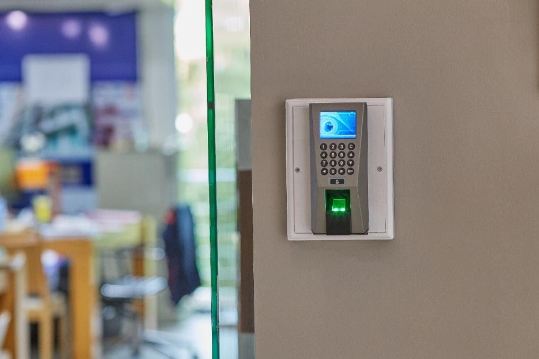An attendance management system becomes important when creating a digitally connected work environment. It is not only responsible for maintaining the visibility of employees but also simplify compliance.
Different businesses obey different regulatory requirements around working hours, compensation, and time off. These details can be tracked by a digital attendance management system, making the audit process much more comfortable.
What Is an Attendance System?
Any solution that helps track the time spent by the employees in the office is called an attendance system. Interestingly, this does not necessarily have to be a digital tool; some of the old models of attendance management are paper registers, time clocks, and Excel-based spreadsheets.
But the tools to record attendance must keep pace with technology evolving at lightning speed and businesses looking at large, distributed workforces. This has led to dedicated attendance systems, ranging from on-premises software to cloud-based tools with advanced analytics and automated schedules.
A cloud-based attendance system provides the advantages of flexibility, cost optimization, and ease of access across devices and platforms. For modern organizations, many features implement these instruments necessary.
Must-Have Features of an Attendance System
There are various types of attendance systems in the market. However, you should know which features to check for when buying an attendance system.
Here is a handy checklist to make sure you pick the right one.
- Clocking in and out
This is important for attendance management. Workers should clock in, record break times, and clock out using either magnetic card readers or customized phone numbers after the work hours are complete. Card readers are helpful because they reduce the chance of clocking in for fraud or ‘proxy’.
With the evolution of technology, there are attendance systems with facial recognition technology to record attendance. One such attendance system is KENT CamAttendance.
- Leave Management
Leave Management is another field where the attendance system plays a crucial role. A missing day should not be reported as ‘absent’ involuntarily. Instead, the worker should be notified to apply for leave or make any specific demand for attendance (such as half-day).
- Payroll Integration
If the attendance management system is connected to payroll, compensation is measured according to the time invested, any accepted leaves, and compensation time off (PTO).
- Biometric Attendance
If you have a broad workforce with clear timelines for clock-in and clock-out, a biometric attendance system is excellent. Using the employee’s fingerprint or other personal identification for attendance authorization, biometric technology reduces the possibility of fraud.
- Missed Clock-In Alerts
Sometimes, after taking a break, an employee may forget to clock in or miss clocking out in a hurry to leave after the workday. Automated warnings, demanding urgent action, will warn managers/employees of these anomalies.
- Real Person Detection
There are attendance systems that have a real-person detection feature. With this, the system can easily differentiate between a photograph and a real employee.
Choose an advanced facial recognition and touchless operations attendance management system, which is easy to use and provides reliable results. There are few touchless attendance devices available in the market. You can select a trustworthy brand like KENT CamAttendance. It has features such as mask detection, computer vision based on AI to mark attendance, and detection of real people. It works in a fraction of a second and offers 99.9% accuracy.
Do your research and start with a free trial by KENT CamAttendance. You can simplify human resource management by investing in attendance tools for your company.







